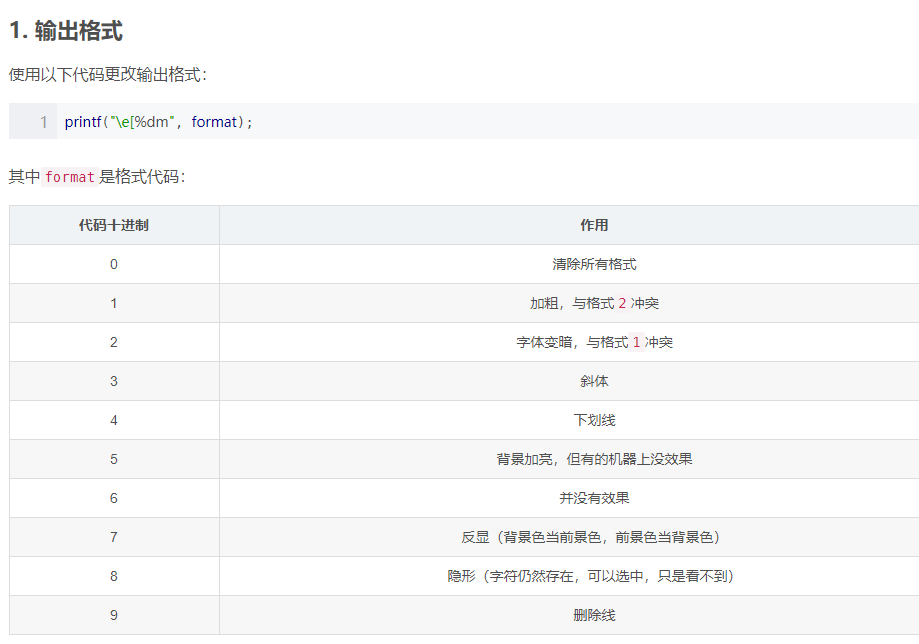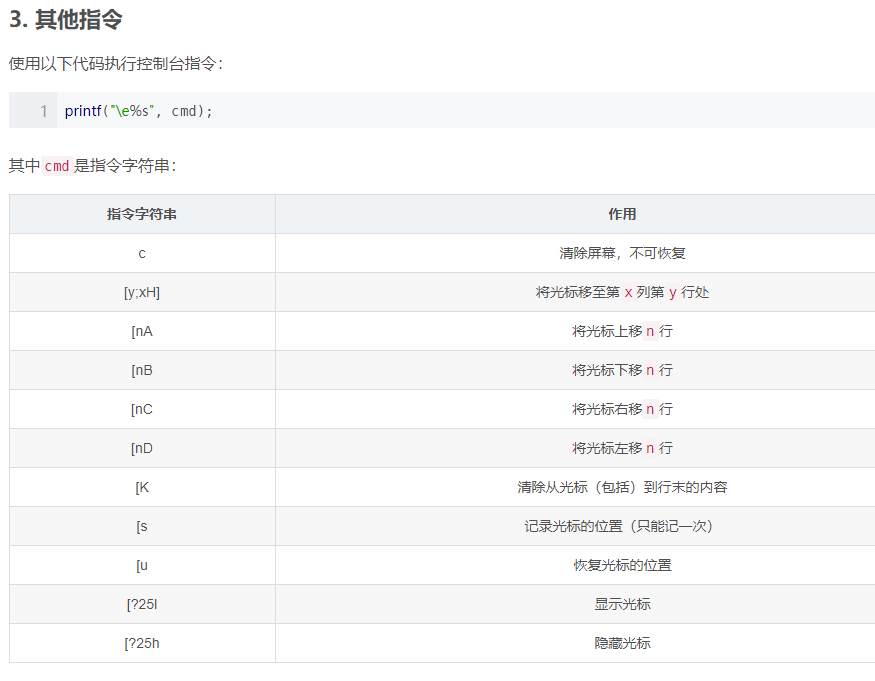LXQT的编译说明
https://github.com/lxqt/lxqt/wiki/Building-from-source
流程如下:
1.安装Qt5。
yum install qt5-qtbase-devel qt5-qtsvg-devel qt5-qttools-devel qt5-qtx11extras-devel
2.安装CMake,一定用要官方包安装,并编辑bashrc文件。
export PATH=$PATH:/cmake-3.15.3/bin
3.下载lxqt-build-tools编译工具并安装。
git clone https://github.com/lxqt/lxqt-build-tools.git
假如是解压在~/lxqt/lxqt-build-tools目录下。
则创建编译目录~/lxqt/build
构建指令如下:
cmake ../lxqt-build-tools
make && make install
它会安装至/usr/local的某个目录下。
4.下载
git clone git@github.com:kxtry/qtermwidget.git
使用CLion构建及编译即可。
此版本已经与原版不一样,有修改。
原版可能无法编译完成,原因是QString("sdfsdfds")会编译不通过,因为从Qt5.9版本开始,QString(char *p)设置成私有函数了。


